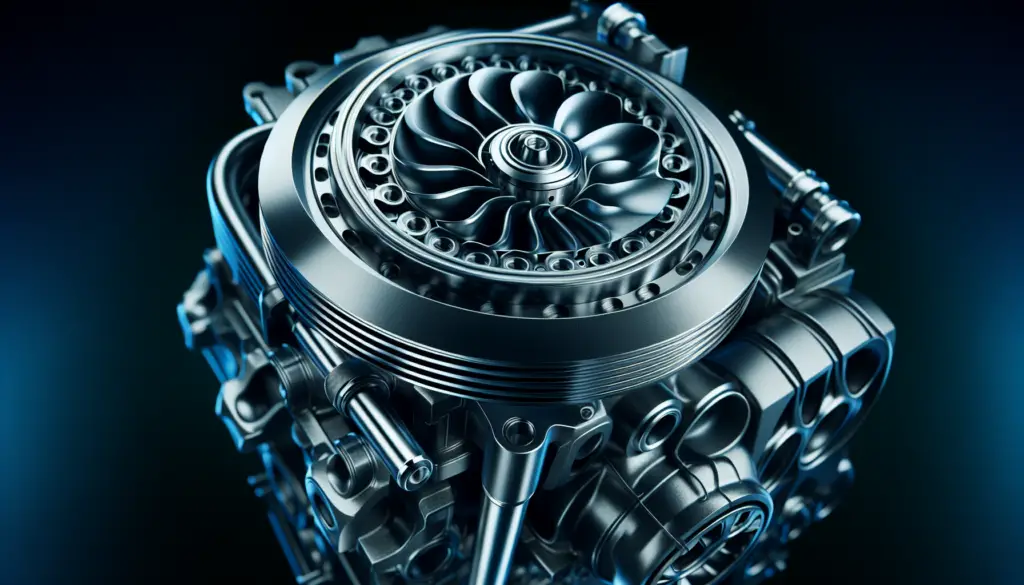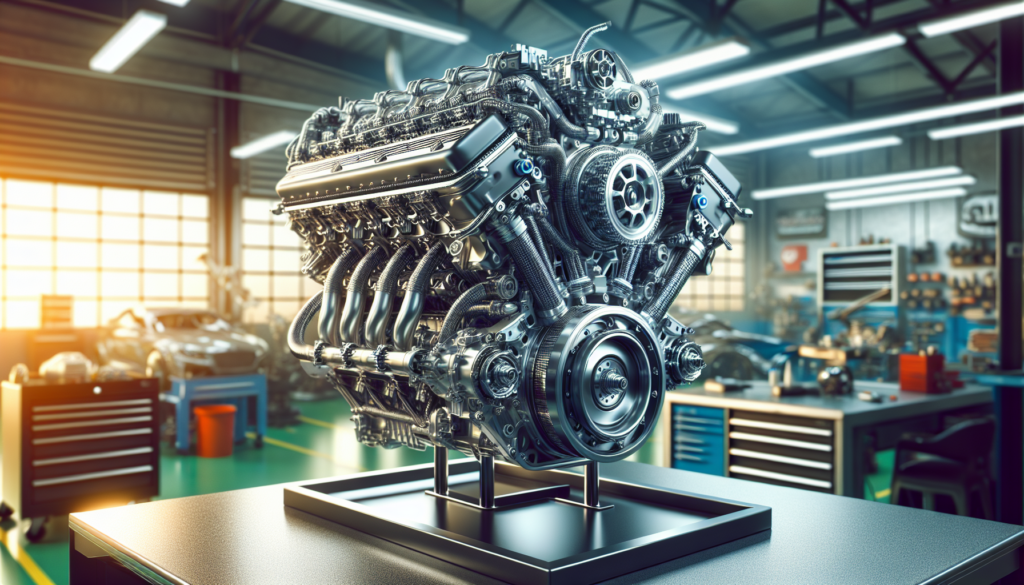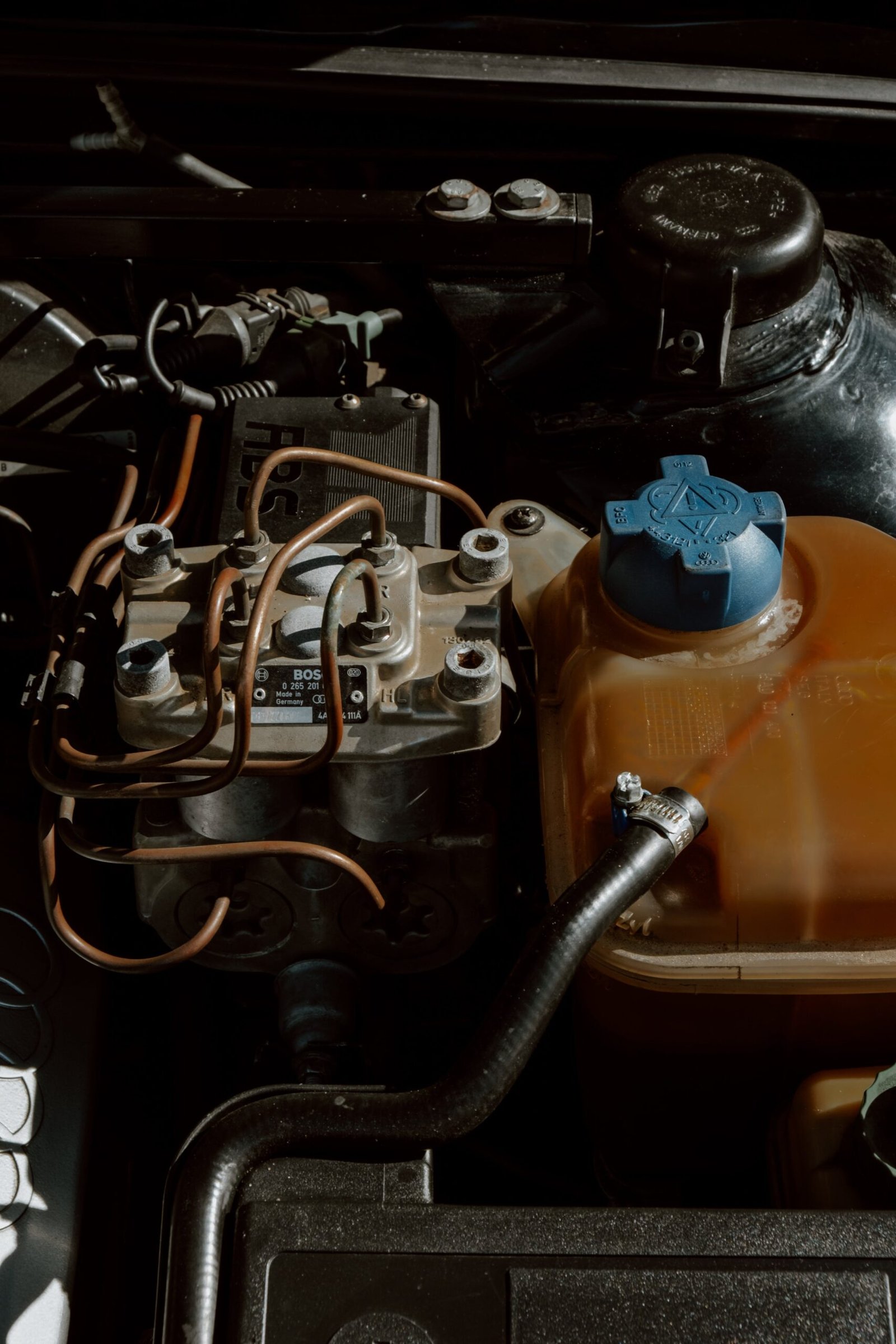You know that feeling when you step into a high-performance vehicle and everything just feels right? The powerful engine purrs under the hood, and the sound of it revving up sends shivers down your spine. But have you ever wondered how car manufacturers are able to achieve that perfect blend of sound and vibration control? In this article, we will explore the world of engine customization and how it can enhance the overall driving experience by fine-tuning the sound and vibration levels to suit your preferences. Whether you’re a car enthusiast or simply looking to make your daily commute more enjoyable, this guide is for you. So buckle up and get ready to discover the secrets behind the harmonious symphony of sounds and vibrations in your favorite vehicles.
Enhancing Sound and Vibration Control with Engine Customization

Understanding Sound and Vibration Control in Engines
When it comes to engine performance, sound and vibration control play a crucial role. Sound and vibration, if not managed properly, can not only affect the overall driving experience but also lead to long-term damage to the engine components. Understanding the principles behind sound and vibration control is the first step towards ensuring a smooth and enjoyable ride.
Importance of Engine Customization for Sound and Vibration
Engine customization plays a significant role in achieving optimal sound and vibration control. A customized engine allows for adjustments and modifications that can target specific sound and vibration issues. By tailoring the engine to meet individual requirements, one can ensure a quieter and smoother operation, enhancing both driver comfort and the longevity of the engine.
Factors Affecting Sound and Vibration in Engines
Several factors can contribute to sound and vibration issues in engines. One primary factor is the design and construction of the engine itself. The materials used, the placement and balance of engine components, and the overall engineering of the engine can impact the sound and vibration characteristics. Other factors such as engine speed, load, and operating conditions also influence the level and nature of sound and vibration produced.
Types of Engine Vibrations
Engine vibrations can be broadly categorized into two types: internal vibrations and external vibrations. Internal vibrations are caused by the reciprocating motion of the pistons, connecting rods, and crankshaft within the engine. These vibrations, if left uncontrolled, can lead to discomfort and potential damage to engine components. External vibrations, on the other hand, are transmitted to the engine from external sources such as road bumps or uneven terrain. Proper sound and vibration control techniques must address both internal and external vibrations.

Common Sound and Vibration Issues in Engines
Several sound and vibration issues are commonly encountered in engines. One of the most common problems is excessive noise, which can be caused by various factors, including inadequate sound insulation, resonance, or misalignment of components. Excessive vibrations, both internally and externally, can cause discomfort to the driver and passengers and may lead to premature wear and tear of engine parts. It is essential to identify and address these issues to ensure a quiet and smooth engine operation.
Benefits of Enhancing Sound and Vibration Control
Enhancing sound and vibration control in engines offers numerous benefits. Firstly, it significantly improves the comfort and driving experience for vehicle occupants. A quieter engine means less noise disturbance, allowing for better communication and reduced driver fatigue. Secondly, proper sound and vibration control contribute to the longevity of engine components by reducing the stress and wear caused by excessive vibrations. Lastly, a well-controlled engine ensures better fuel efficiency as the energy wasted on unnecessary vibrations is minimized.

Considerations Before Engine Customization
Before considering engine customization for sound and vibration control, certain considerations must be taken into account. It is essential to have a thorough understanding of the specific sound and vibration issues the engine is experiencing. This can be achieved through proper diagnosis and analysis of the engine’s performance. Additionally, it is crucial to identify the desired level of sound and vibration control to determine the extent of customization required. Lastly, the intended usage and environment of the engine must also be considered to ensure the modifications align with the intended application.
Engine Customization Options for Sound and Vibration Control
There are various engine customization options available to enhance sound and vibration control. One common approach is the use of sound-absorbing materials and engine insulation to reduce noise transmission. Another option is the implementation of dynamic engine mounts that actively counteract vibrations, leading to smoother operation. Additionally, adjusting the engine’s mechanical properties, such as the balance and alignment of engine components, can further improve sound and vibration control.

Techniques for Enhancing Sound and Vibration Control
To enhance sound and vibration control, several techniques can be employed. One effective method is the use of active noise cancellation systems, which generate sound waves that cancel out unwanted engine noise. Another technique involves the installation of vibration dampers, which absorb and dissipate vibrations. Additionally, advanced engine control algorithms can be employed to optimize the timing and fuel injection strategies for quieter and more efficient operation. These techniques, when combined, can result in significant improvements in sound and vibration control.
Testing and Evaluation of Sound and Vibration Control
After implementing engine customization for sound and vibration control, it is crucial to perform testing and evaluation to ensure the desired outcomes are achieved. Testing may involve measuring sound levels and frequencies using specialized equipment or conducting subjective evaluations with a panel of experts. The results of these tests can provide valuable insights into the effectiveness of the customization and help identify any areas that require further refinement. Regular testing and evaluation can also help monitor the long-term performance of the engine’s sound and vibration control measures.
In conclusion, sound and vibration control in engines is vital for a comfortable and efficient driving experience. Engine customization offers the opportunity to tailor the engine’s characteristics to achieve optimal sound and vibration control. By understanding the factors affecting sound and vibration, addressing common issues, and implementing appropriate customization options and techniques, one can enhance the sound and vibration control of an engine. Through testing and evaluation, the effectiveness of these measures can be validated, ensuring a quieter and smoother ride for years to come.


